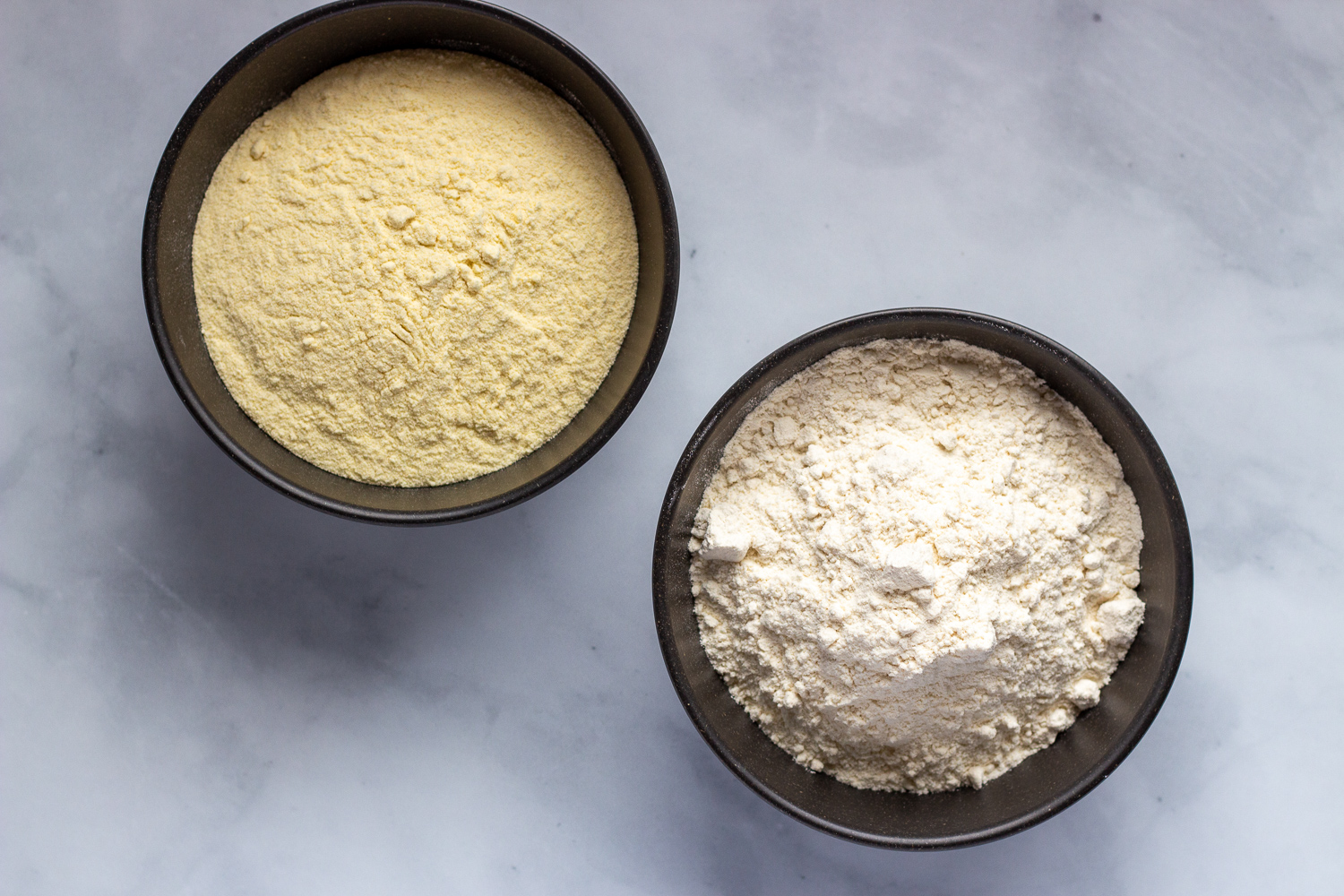
Guide to Italian Flour
00 vs. 0, semola vs. semolina…do you ever look at flours from Italy and scratch your head in confusion? We’ve been there, too. Here’s a guide to Italian flour that will help you separate the wheat from the chaff.
One of the questions we hear most at q.b. Cucina is: can’t I just use all-purpose flour to make fresh pasta at home? Honestly, yes! AP flour is just fine when you’re trying to whip up a batch of tagliatelle for a special night in.
That said, Italian flour certainly has its benefits. There are many varieties, but we’ll focus strictly on farina di grano tenero (soft wheat flour) and semola di grano duro (hard durum wheat flour).
Generally speaking, you’ll find soft wheat flour most often in northern-style pasta doughs, like tagliatelle or ravioli. On the other hand, the durum wheat variety is more often used for dragged pasta styles typical of southern Italy. (We’re the first to say that this is a bit of a simplification, but it’s based on grains of truth!)
Types of Italian Flour
Farina 00
As one of the heavy hitter flours of Italy, you’ll find that many recipes – from pasta to desserts and beyond – call for this grano tenero, or soft wheat flour, also known as “Doppio Zero.” Super soft and white, this extra-refined flour contains none of the wheat bran, is the lowest in protein on this list, and does not develop gluten easily. This makes it a perfect match for egg-based pasta doughs as it helps to retain their delicate texture. The Italian 00 flour of choice in the q.b. cucina Test Kitchen comes from Molino Pasini, a fourth-generation mill from Mantova, Italy. Get a bag of their 00 Pasta Fresca Flour here.
Farina 0
Slightly less refined than Type 00, this soft wheat flour is often called for in yeasted pastries and flatbreads. It may contain some of the wheat bran, giving it a slightly thicker texture and slightly higher protein content. (Nota bene: the higher the number of the type of flour, the coarser the grind.) This flour works great for pastries, sweet yeasted doughs, and even focaccia.
Farina 1 or 2
Even coarser than the previous types, these soft wheat flours are best used for bread and pizza. With a higher protein content, they are more likely to develop gluten – an important aspect for making those stretchy yeasted doughs.
Farina Integrale
Also known as whole wheat flour, this darker, coarser flour contains the full wheat kernel (the bran gives whole wheat flour its signature brown look). Often, cooks will mix whole wheat flour with more refined soft wheat flour to achieve a balanced, earthy dough for bread, piadina, and yes, even pasta.
Semola di Grano Duro and Semola Rimacinata
And now, the other king of farina in the boot: semola di grano duro. Made from hard durum wheat, this sandy yellow flour is typically used in dragged pasta shapes like orecchiette, maccheroni alla chitarra, cavatelli, and more. Just be sure that if you’re using semola flour for making pasta dough you’re using the rimacinata, or “twice-milled” kind, which has a finer consistency than the coarser semolina flour below – and that’s key for quality pasta dough! We carry Molino Pasini’s Semola Rimacinata flour, perfect for making hand-stretched pasta shapes.
Semolina
There is a lot of confusion surrounding “semolina” in American cooking, as many flour brands simply translate “semola” into “semolina” for American consumers. Semolina is typically less refined than semola di grano duro or semola rimacinata, which makes it ideal for spreading onto baking sheets when making breads and pizza (think of it as a natural parchment paper). This is also a great flour for sprinkling on finished pasta to prevent it from sticking.
How to Use Italian Flour
Now that you know the basics, how to use your new flour knowledge? Here are some general farina rules to follow.
Grano tenero, or soft wheat, flours are best for egg-based pasta doughs, pastries, and breads. Simply up the flour grade for higher protein content.
Grano duro, or durum/semolina wheat, flours work best for dragged pasta shapes and water-only pasta doughs, and even some types of bread.
But like any brave chef, the fun part is to mix and match. Toss your fresh egg pasta in semolina to keep the pieces from sticking together, or use under pizza to deftly lift your pie off a sheet pan. Add some semola rimacinata to your 00 flour doughs for a toothsome texture and golden yellow color. Get your hands doughy, and you’ll find your perfect ratios.
Substitutes for Italian Flour
It’s not always easy to get your hands on quality Italian flour. The good news is that you can easily make substitutions in a pinch.
For Type 00, try all-purpose, or better yet, cake flour! Cake flour is more refined than its AP cousin, and mimics the soft, fine grind of Italia’s 00.
When it comes to semolina, there’s not much that can replace this flour in authentic pasta dough, although you can give all-purpose a try. That said, finely ground cornmeal can make a good replacement for semolina in pizza and bread doughs.
Got more flour questions for us? Let us know in the comments below!
Post a Comment
You must be logged in to post a comment.


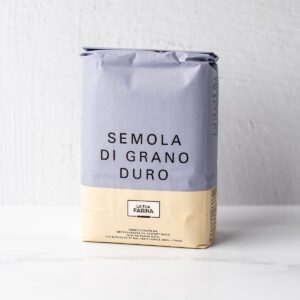
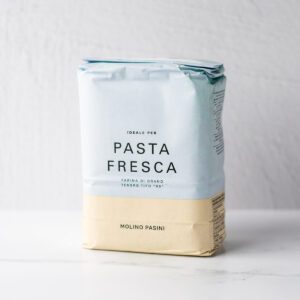
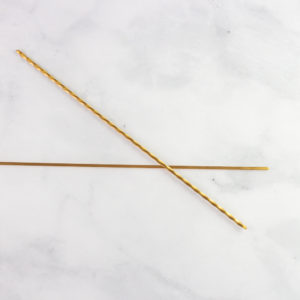
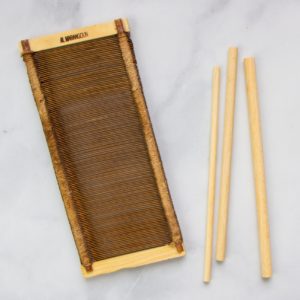
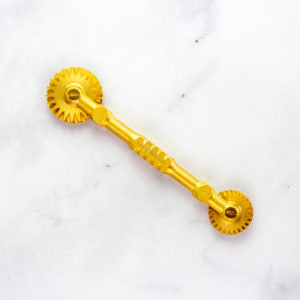

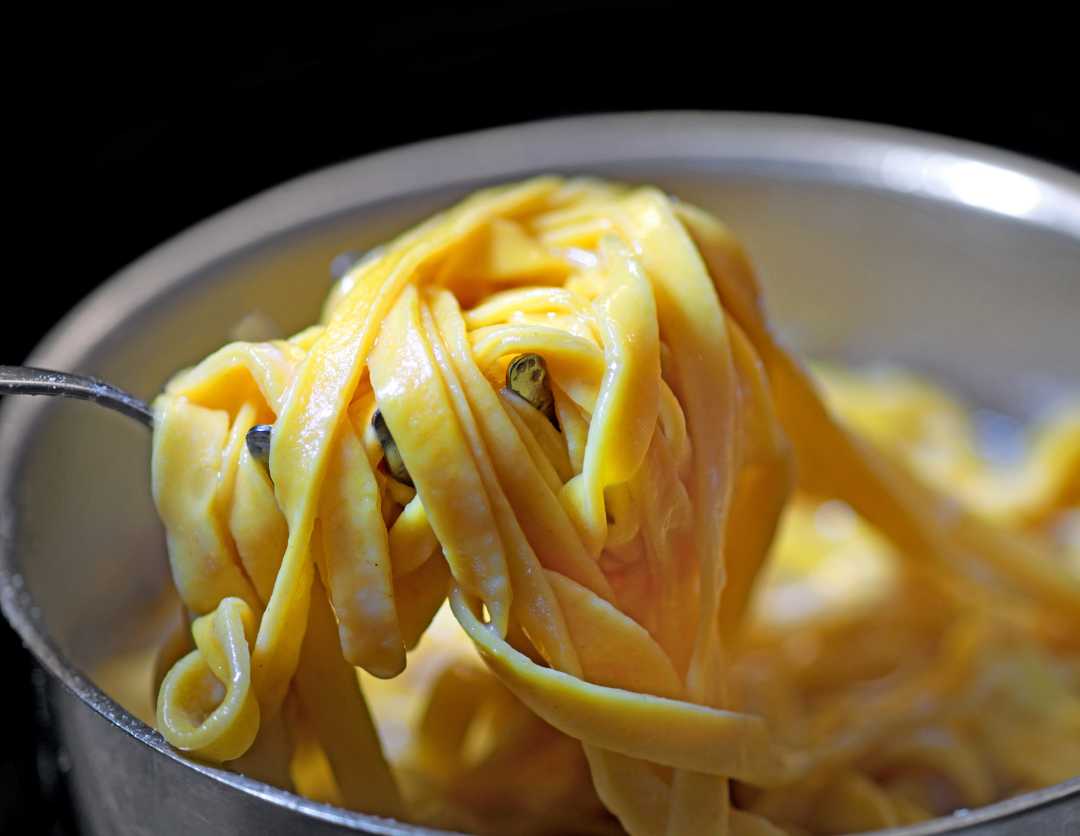

Pingback: How to Make Homemade Fresh Semolina Pasta | q.b. cucina
Pingback: Fresh Egg Pasta | q.b. cucina
Greg Roddy
So have a question concerning your description of flours. Just for clarification cause I can tend to get confused…Isnt plain old semolina the most traditional for making pasta? You’re help would be greatly appreciated.
Sarah Ubertaccio
Great question! Semolina is great for making certain pasta shapes, typically Southern “dragged” pasta like orecchiette and cavatelli. Semolina is not typically used in egg-based pasta doughs, though – and this is the dough you’ll use for filled pasta shapes like ravioli, tortellini, and Northern Italian shapes like tagliatelle. In short, both are delicious pasta doughs, just different. Give our fresh egg pasta recipe a try!
Diane Ostrow
You mentioned above “ Semola di grano duro is typically less refined than semola rimacinata, which makes it ideal for spreading onto baking sheets “.
Would the semola di grano duro also be what is preferred to spread on the pans where you are going to place formed pasta so it doesn’t stick as it rests? I am able to find the rimacinata, but us there a particular brand of Semola di grano duro that you recommend for this purpose? I can’t seem to find any semola that isn’t semola rimacinata 🫤
Sarah Ubertaccio
Hi Diane,
Great question! I think we may need to clarify more. In the U.S., when you see “semolina” written on the bag, it is typically the coarser kind of durum wheat flour. This is what you should use for sprinkling on baking sheets to prevent formed pasta from sticking. It’s also great for sprinkling on pizza dough to prevent it from sticking to the pan or pizza paddle. On the other than, when you see “semola di grano duro” or “semola rimacinata,” this is typically the twice-milled, finer kind of durum wheat flour that is best suited for preparing flour-and-water pasta dough.
We’ve updated the post above to reflect these differences!
Diane Ostrow
Thank you for the clarification, Sarah! ❤️Do you have a favorite brand of semolina that you use for sprinkling under formed pasta?
Sarah Ubertaccio
You’re welcome! King Arthur has a “Semolina for Baking” flour that’s coarse. I’ve found it at Whole Foods, but you can also buy it online directly from King Arthur.
Diane Ostrow
Thank you for the clarification, Sarah! ❤️Do you have a favorite brand of coarse semolina that you use for sprinkling under formed pasta? I’m having a VERY hard time finding any at my local stores